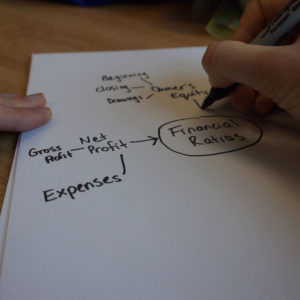17 Choose Strategies for Active Learning

Now that you have identified what you need to learn, you now need to make a plan for how to learn, and to put it into practice. The best kind of learning is active learning. When you learn actively, you apply a variety of strategies to your course material, including reading, writing, reflecting, solving problems, organizing material visually, self-testing, and working with others.
Active learning requires you to choose a method to process and recall the material you are working to master. Some activities that promote active learning are:
- Using flash cards.
- Making a visual organizer that summarizes key chapter concepts, such as a mindmap or chart.
- Organizing key ideas into a new chart.
- Answering questions or creating a practice test.
- Working with a study partner or group.
- Writing about the material you are learning.
Not only is active learning a more engaging and fun way to study, it also allows you to use your study time more effectively. Contrast this with an activity like re-reading a textbook or notes multiple times, which is a more passive way to learn. Though you may be seeing the material, you are not engaging in an activity that requires you to store the information in your memory, and to practice retrieving it.[1]
Try it!
Consider the material you are learning in one of your courses this week. Create a list of active learning strategies that you can use to study this content.
- Michael, J. (2006). Where’s the evidence that active learning works? Advances in Physiology Education, 30(4), 159–167. https://doi.org/10.1152/advan.00053.2006 ↵

